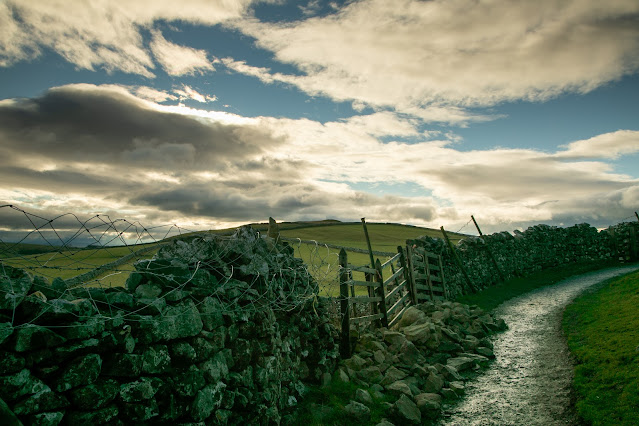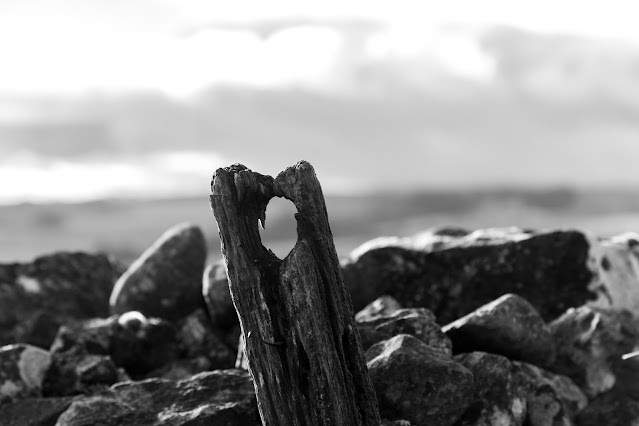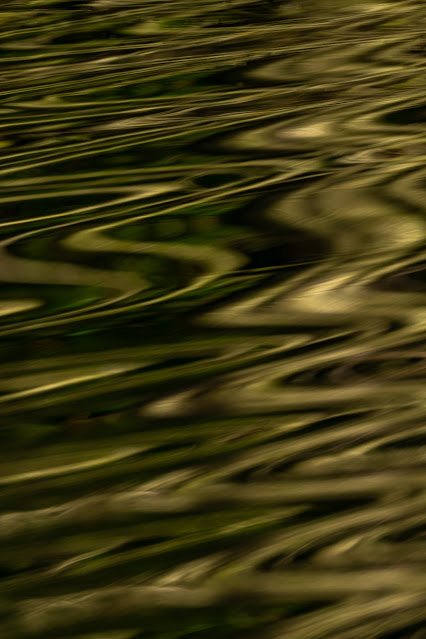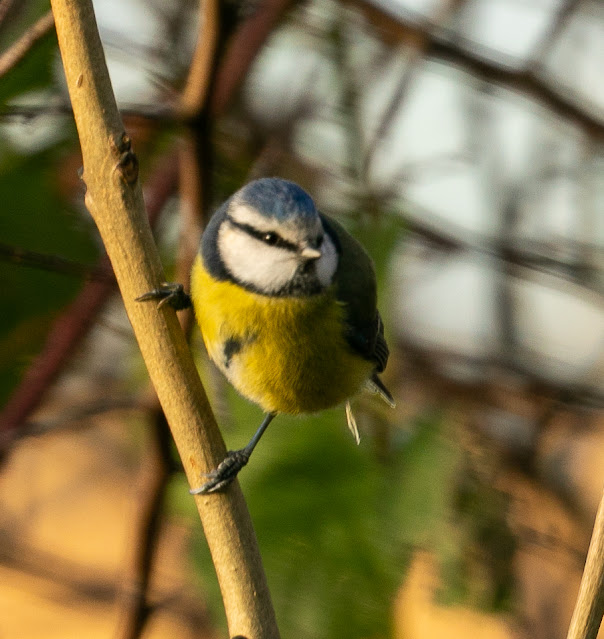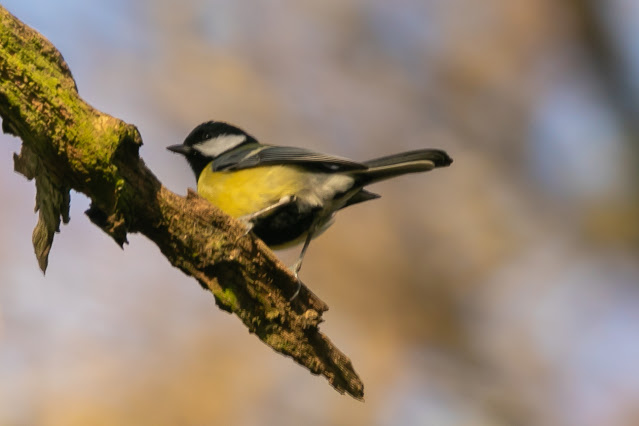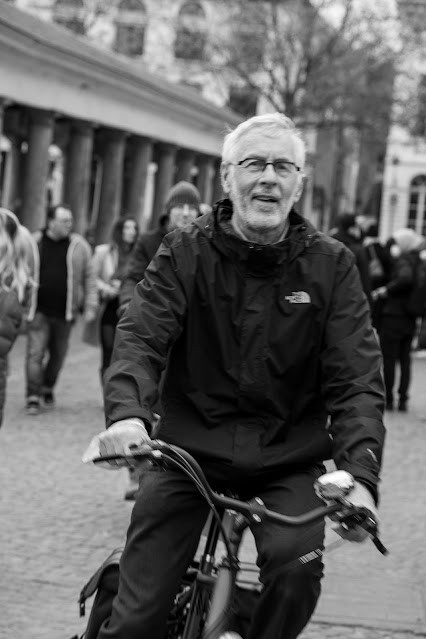So I have interrupted my intended series of "A Few Days in December" by posting these night sky images that I shot last night and really didn't want to put them off to a later date.
As you can see from the first image (taken using the night sight mode on my Pixel 6Pro) I had set my camera up on the beach using my Sky Watcher Star Adventurer 2i Pro star tracking mount. It really is a cool piece of kit that I am just getting to know.
There have been a couple of nights recently when we were promised clear skies and I have been desperate to get out to shoot the night sky. Last week there was very little moon but sadly too much cloud spoiled things and I couldn't get any good images, I just got very cold for nothing. Although every minute getting to know your kit is time well spent (that's me putting a positive spin on a failed trip).
Last night however the sky was clearer but the moon was more than half full and very bright so as well as the light pollution from Liverpool and Deeside I was up against excess light. Never mind, I am not making excuses and I didn't let that or the biting cold stop me.
In the first image you can see my camera mounted on the tripod and tracking mount pointed north west over Liverpool Bay, the lights along the bottom are from the Burbo Bank wind farm and in the distance you can just make out the shadow of the Pennines in Lancashire. More importantly you can make out a few bright stars, the bright one most central in the image is called "Vega" and top left there are a few from the constellation Cygnus, the bright star at the top is called "Deneb".
The second image is the shot that I captured it is an image comprised of 5 stacked photos using some software called Sequator which is fantastic and so easy to use. Each individual photo was a 2 minute exposure so using this process lots more light is picked up by the camera sensor and more distant objects that the naked eye cannot see become visible. Hence in this patch of sky which has the constellation of Cygnus we can see thousands of stars which are just not there in the first image, if you zoom in you will see what I mean. For reference the brightest star lower right in the second image is Vega. What you also can see in the second image is the range of colours of the different stars and galaxies which are not just white but reds, greens and purple. It really is a beautiful universe.
The third image is also comprised of five stacked images. It is facing south and although the stars are not quite as crisp in this image I really like the picture because the foreground adds context to the overall image. Also I think the stars are probably more recognisable to most people this being "Sirius" (the brightest star lower down in the centre) and the constellation of Orion with the three stars in a line forming Orion's belt and above that are Betelgeuse and Bellatrix. If you look closely you will see more than just three stars along the belt and the three stars below it are actually part of distant galaxies. As this was shot using a wide angle lens I couldn't get more detail of the distant objects but in the future that will be something I will want to explore more. For now I need to hone my skills and practice with the equipment and hope for clear skies.


















